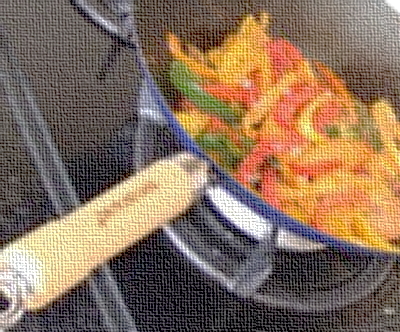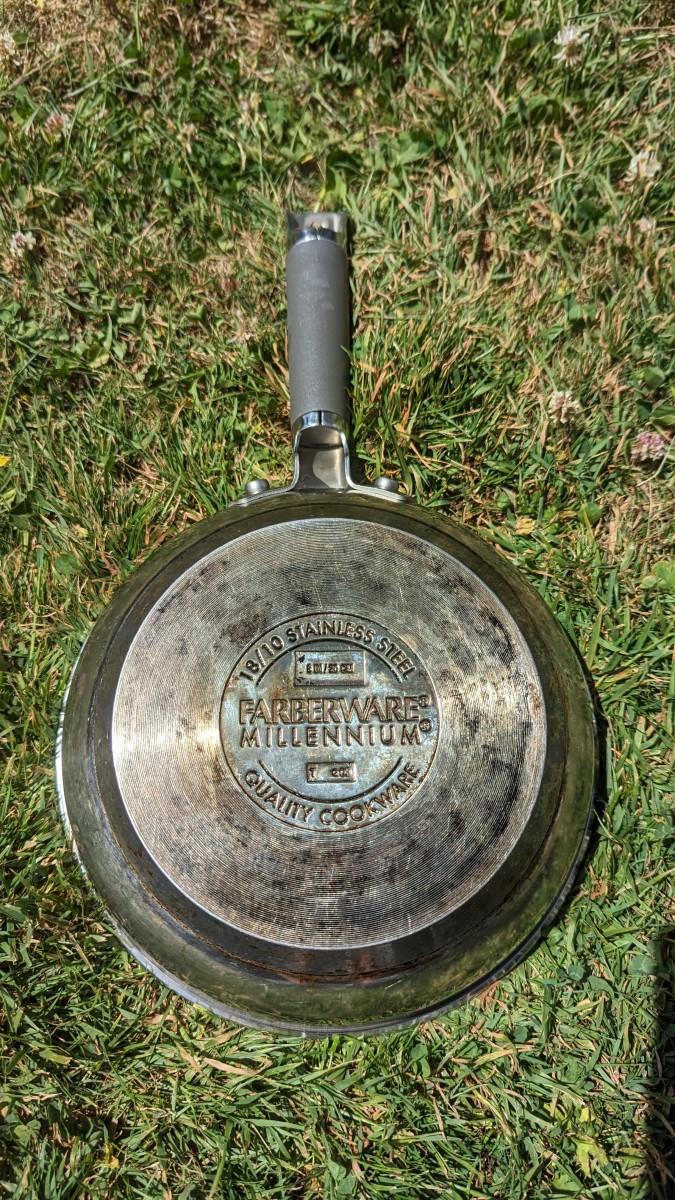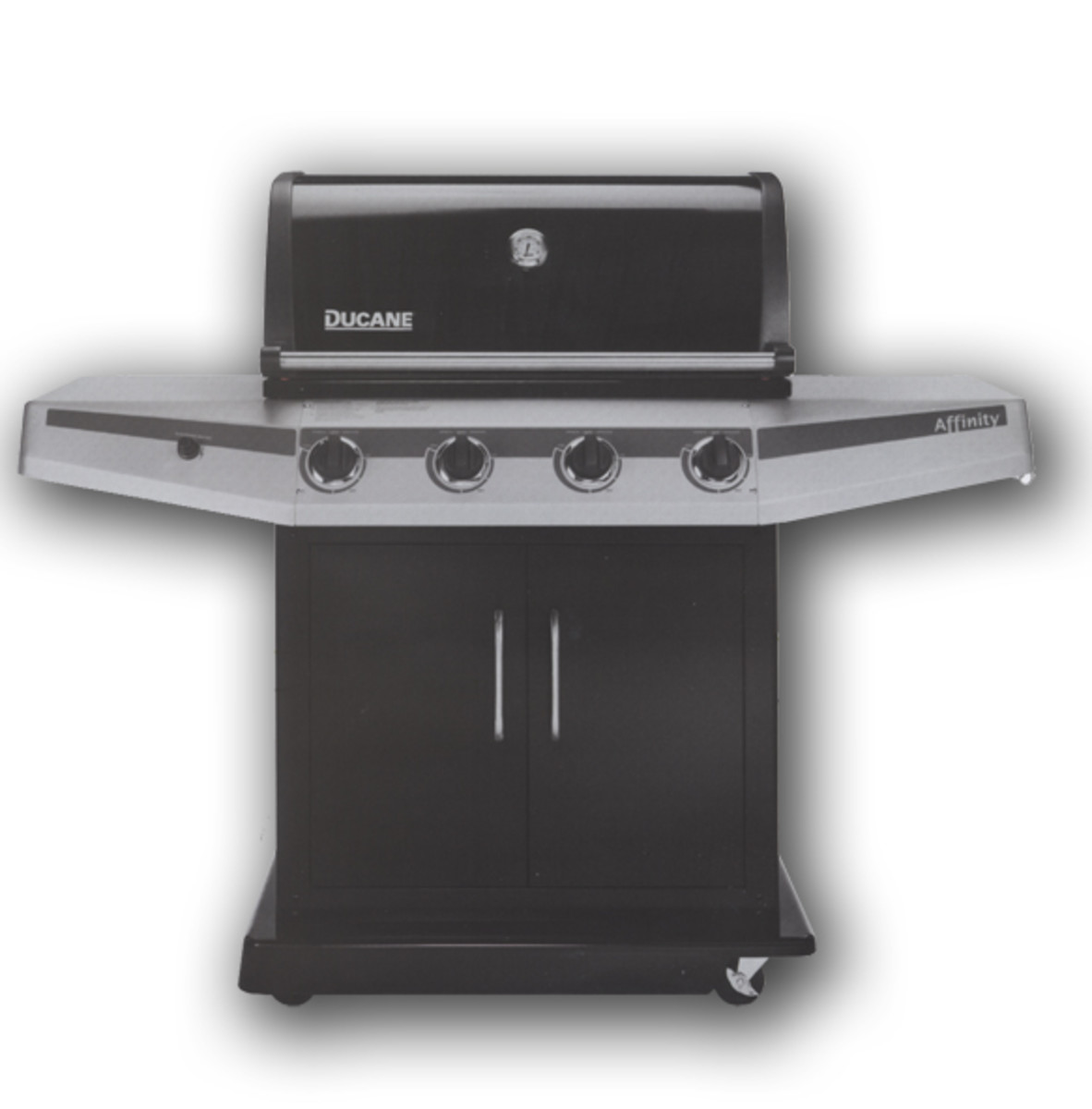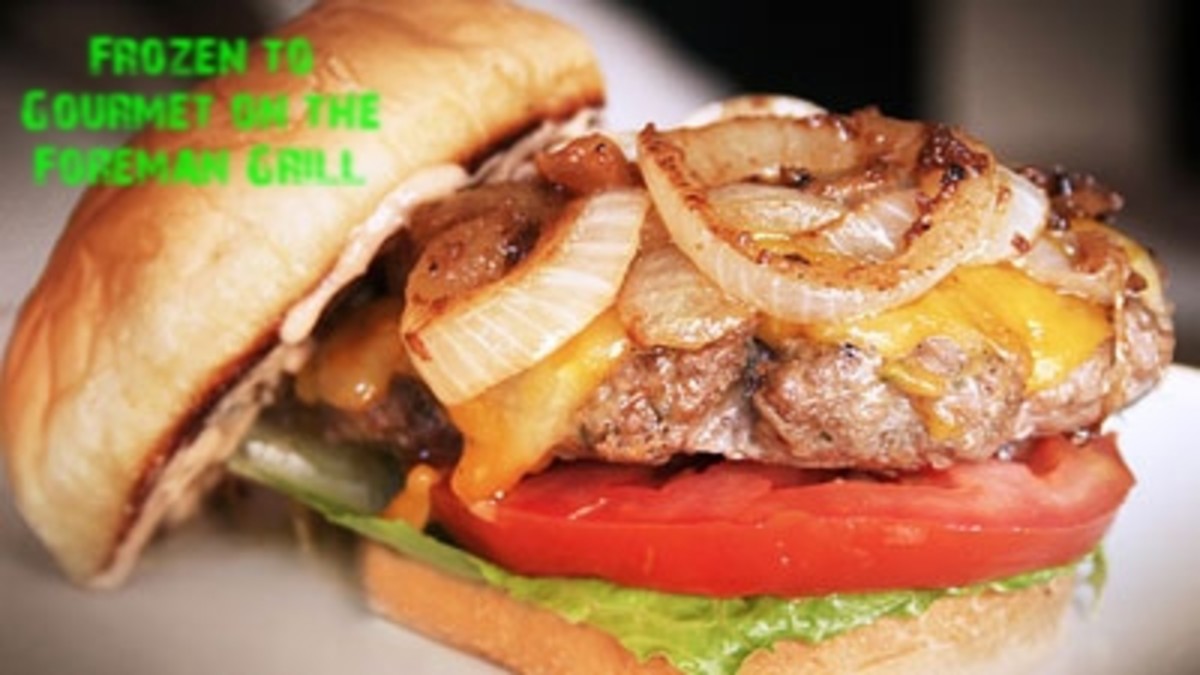Choosing a Wok

A wok comes in very useful if you do a lot of stir-frying; or you love cooking fried rice or fried noodles. Its depth ensures that the food stays in the wok as you're tossing it around.
But how do you find the best wok for your needs?
Material
Traditionally, the Chinese use woks made of carbon steel or cast iron, and many expert cooks still swear by them.
However, in Asian countries, you'll find many families are opting for non-stick woks, and increasingly, hard anodised woks. Young couples with sleek modern kitchens may prefer stainless steel (to match their décor).
Carbon Steel Wok
Of the various types of materials, I still think the carbon steel wok is the best, for the following reasons:
- fairly light in terms of weight
- suitable for cooking at the high heat required for stir-frying
- heats up and cools off fast
- durable (it lasts virtually forever) compared to cast iron
One disadvantage with carbon steel is that it can be quite difficult to keep seasoned (Seasoning is important because it prevents food from sticking to the wok when cooking). It's not unusual to find the coating created during the seasoning process getting scratched off during cooking or cleaning. Another minor inconvenience is that cleaning the carbon steel wok involves drying it off over a fire, and then rubbing oil over the inside surface.
Note: Once you get a carbon steel wok, you'll need to know how to season and care for it. I did a search of various sites, and I find these two articles to be most sensible:
Other materials
We've used non-stick woks as well over the years, but they are definitely not suitable for Chinese cooking. The non-stick coating is easily damaged by high heat. And ingredients like prawns with shells, and pork ribs scratch the coating rather easily. You'll find yourself having to replace your wok every so often.
You can turn to hard anodised woks, which are non-stick and scratch-resistant, but these are very expensive.
Stainless steel is another option. The major disadvantage with this type of wok is that you cannot season it. So you'll have to use more oil when cooking to prevent food sticking (If you prefer your food oily, that may not matter).
Wok Ring and Wok Spatula
Flat or Round Bottom?
Round-bottomed woks are suitable for gas stoves. Chinese cooking experts will probably argue vociferously in favour of the round-bottomed wok; for the way heat distributes in it, and also for the fact that it works very well with the Wok Spatula (with its broad edge). If your wok doesn't come with one, note that you may need to get a Wok Ring to stabilise your wok on the gas stove.
Most families will find the flat-bottomed wok more versatile, especially those who find that they have to move homes every few years (not unusual for many people these days). With a flat-bottomed wok, you can be assured of being able to use your trusty wok whether you're faced with a gas stove or an electric stove. It depends on individual preference, but I find that a round wooden spoon/spatula works better with a flat-bottomed wok.
Size and handle
When it comes to size, it really depends on your needs - the number of people you usually cook for, and also the types of food you like to cook.
Homes with 2 to 4 people would probably find a 26 cm (10") wok most useful.
If you have a larger family or entertain a lot, you may want to get one that's slightly larger, perhaps a 32 cm (12") wok.
If you decide on a 26 cm or 32 cm wok, I like the kind with a long wooden handle on one side - much easier to keep the wok steady while you're stir-frying.
If you find that you need a larger wok, get one with little round handles on both sides. The two side handles make the heavier wok easier to lift and move.








